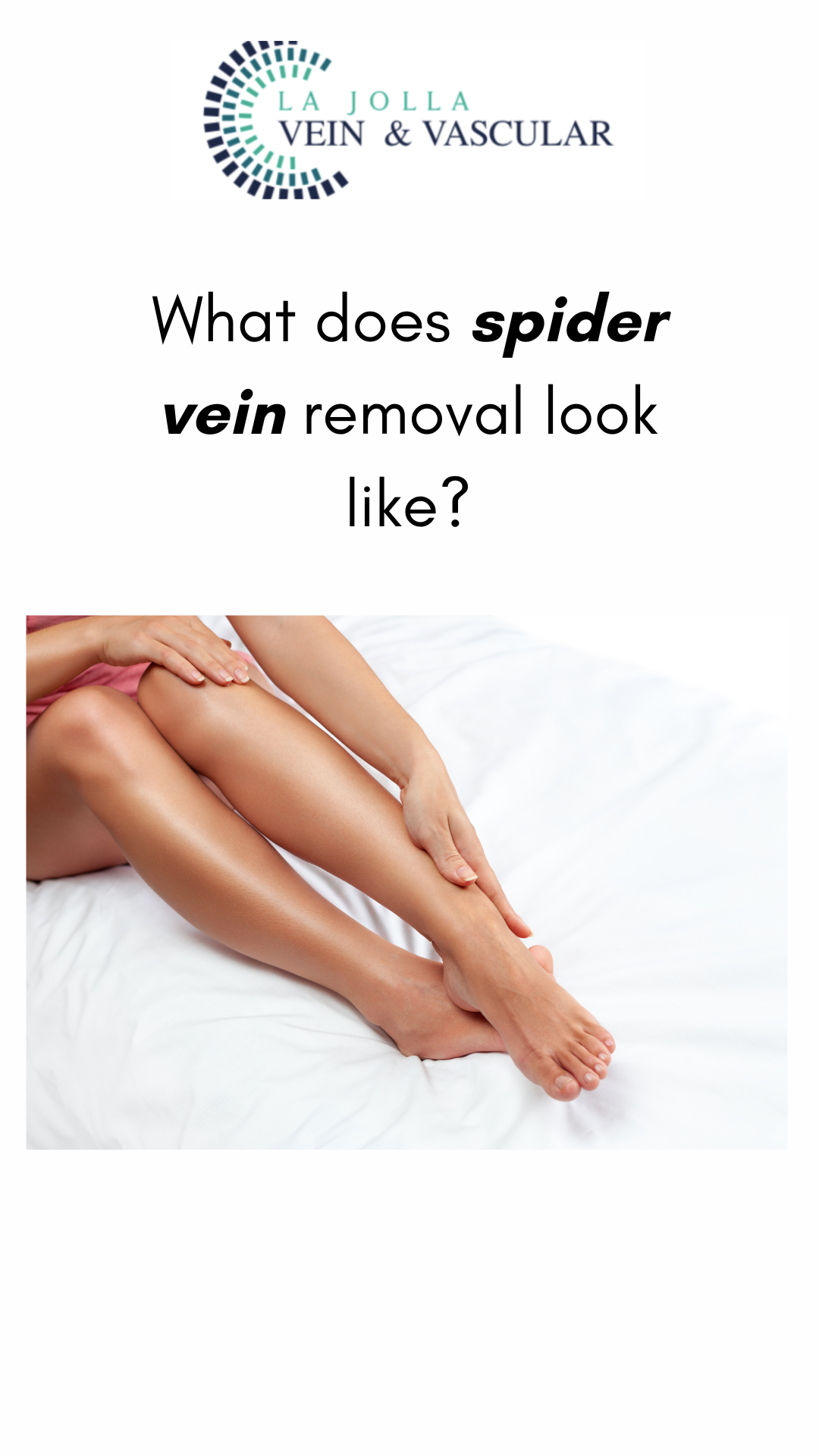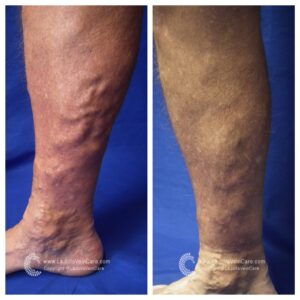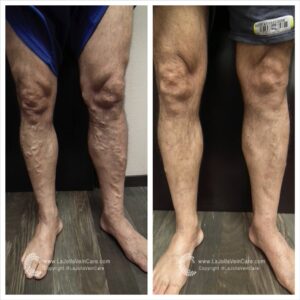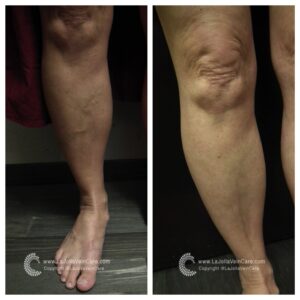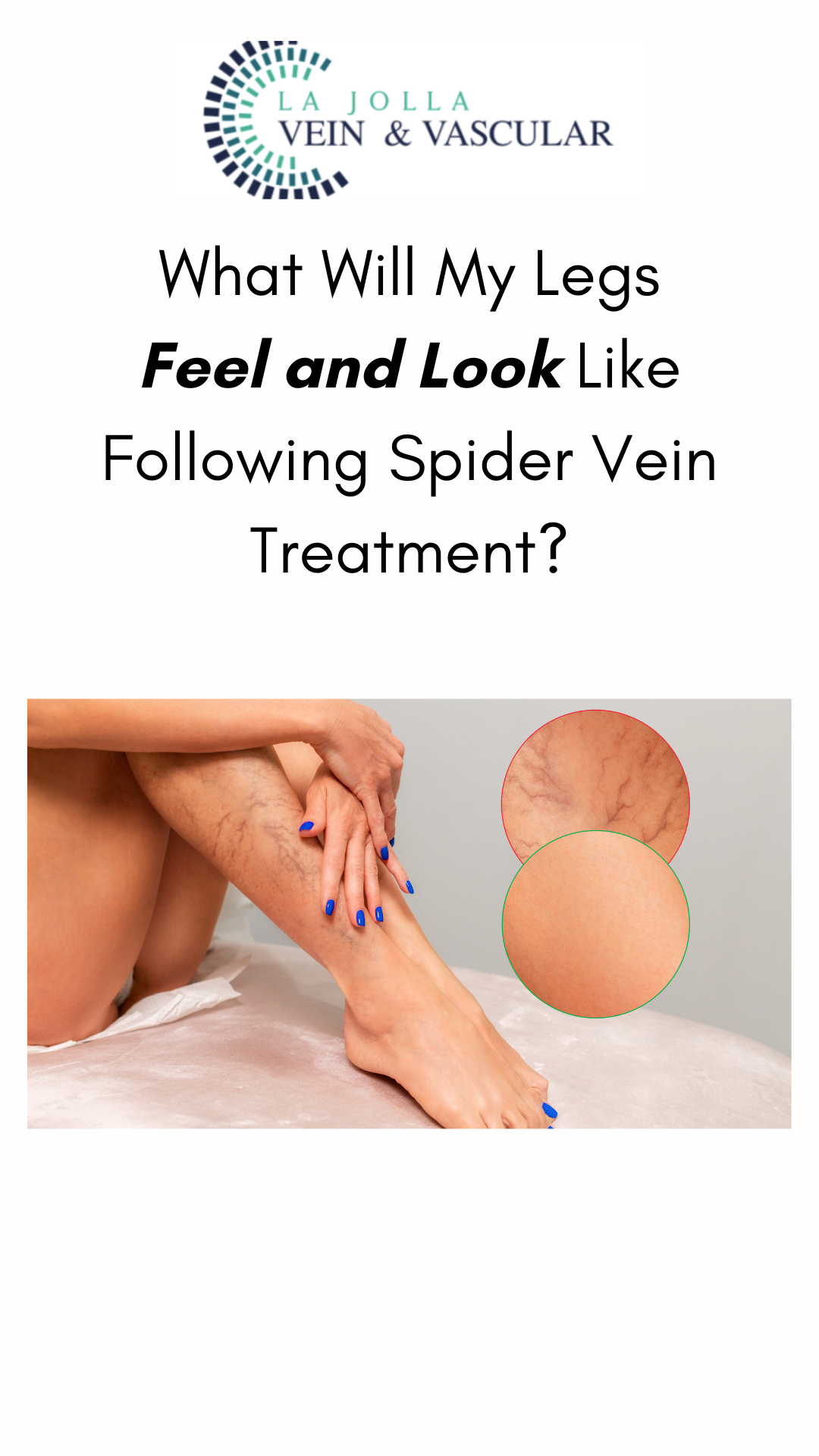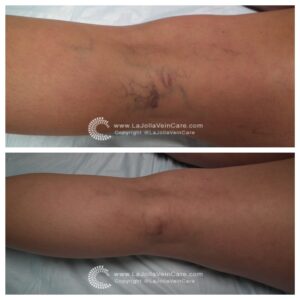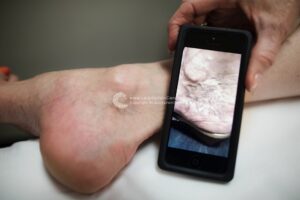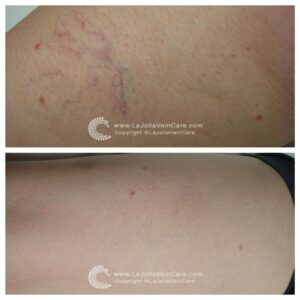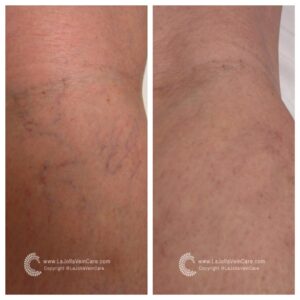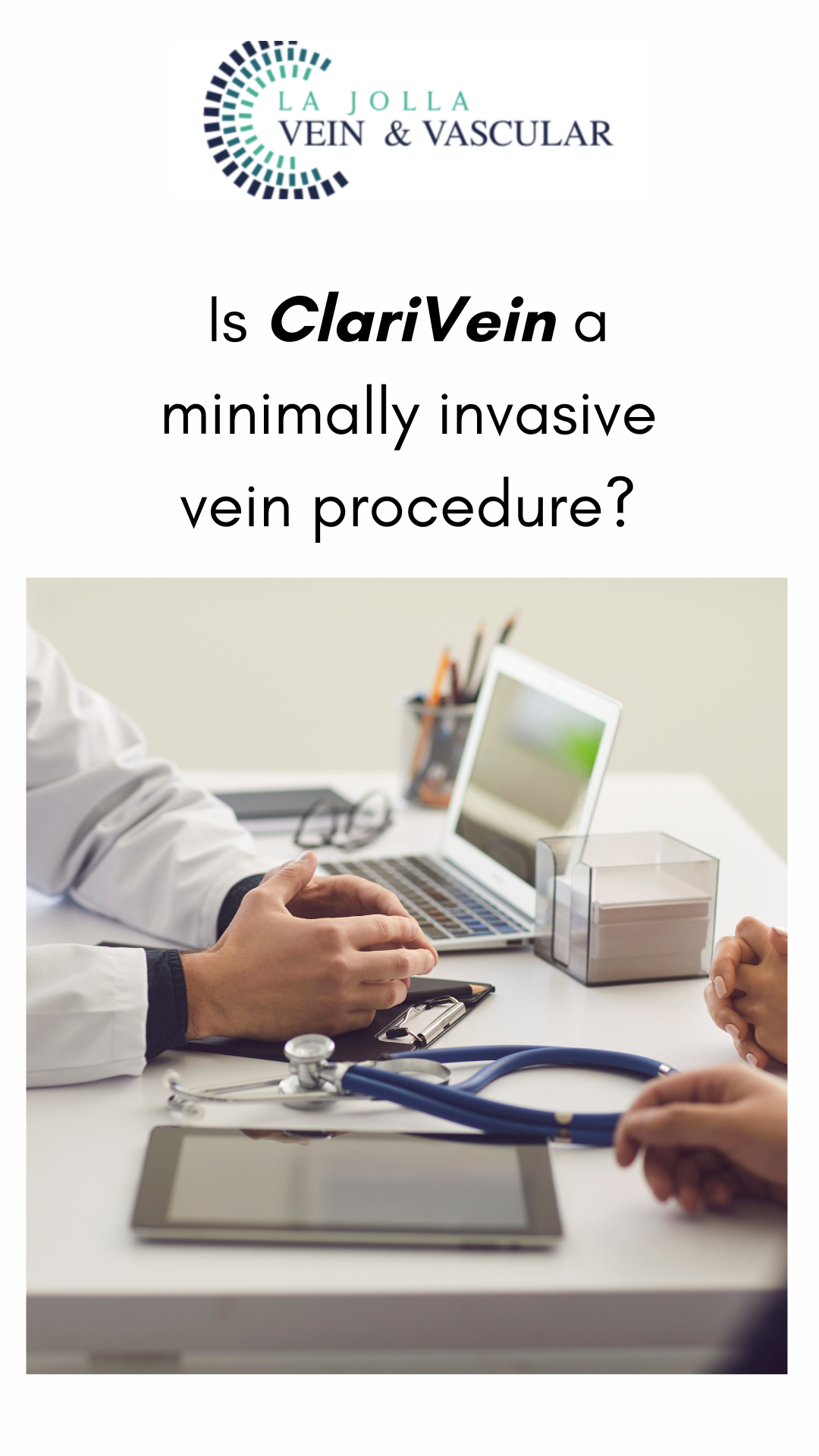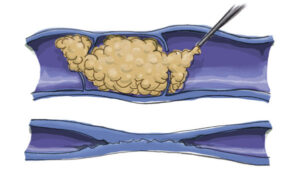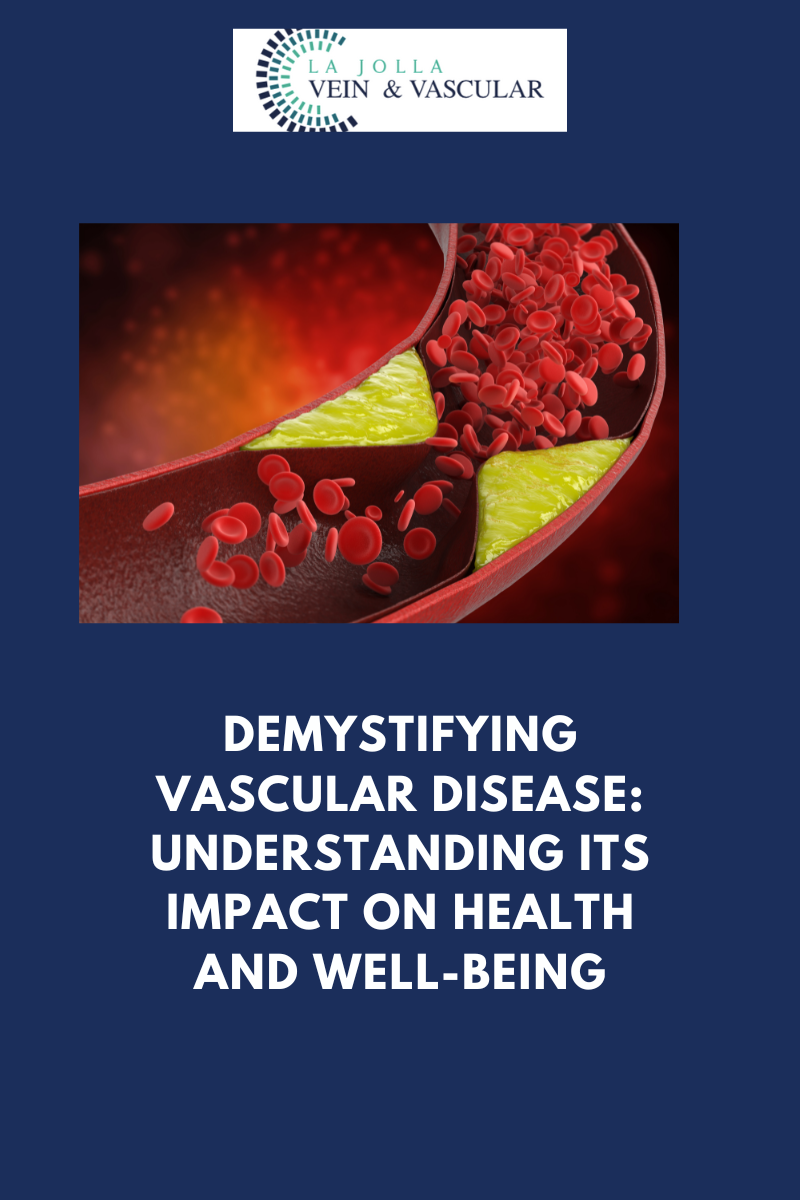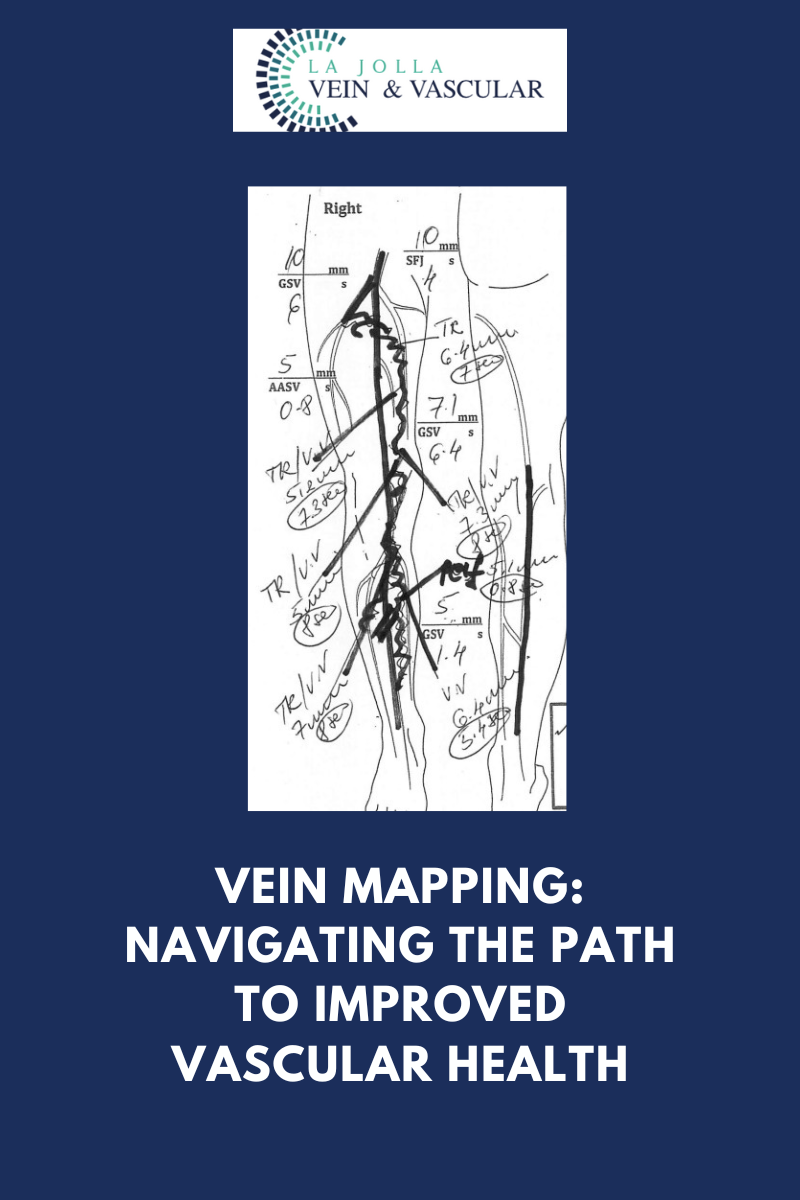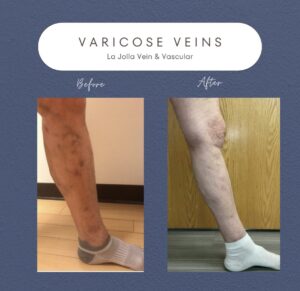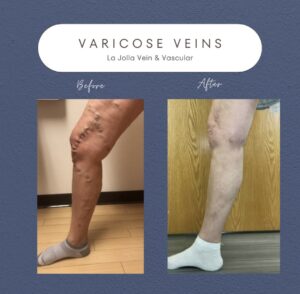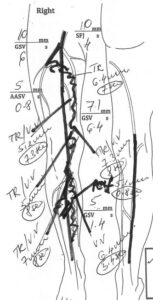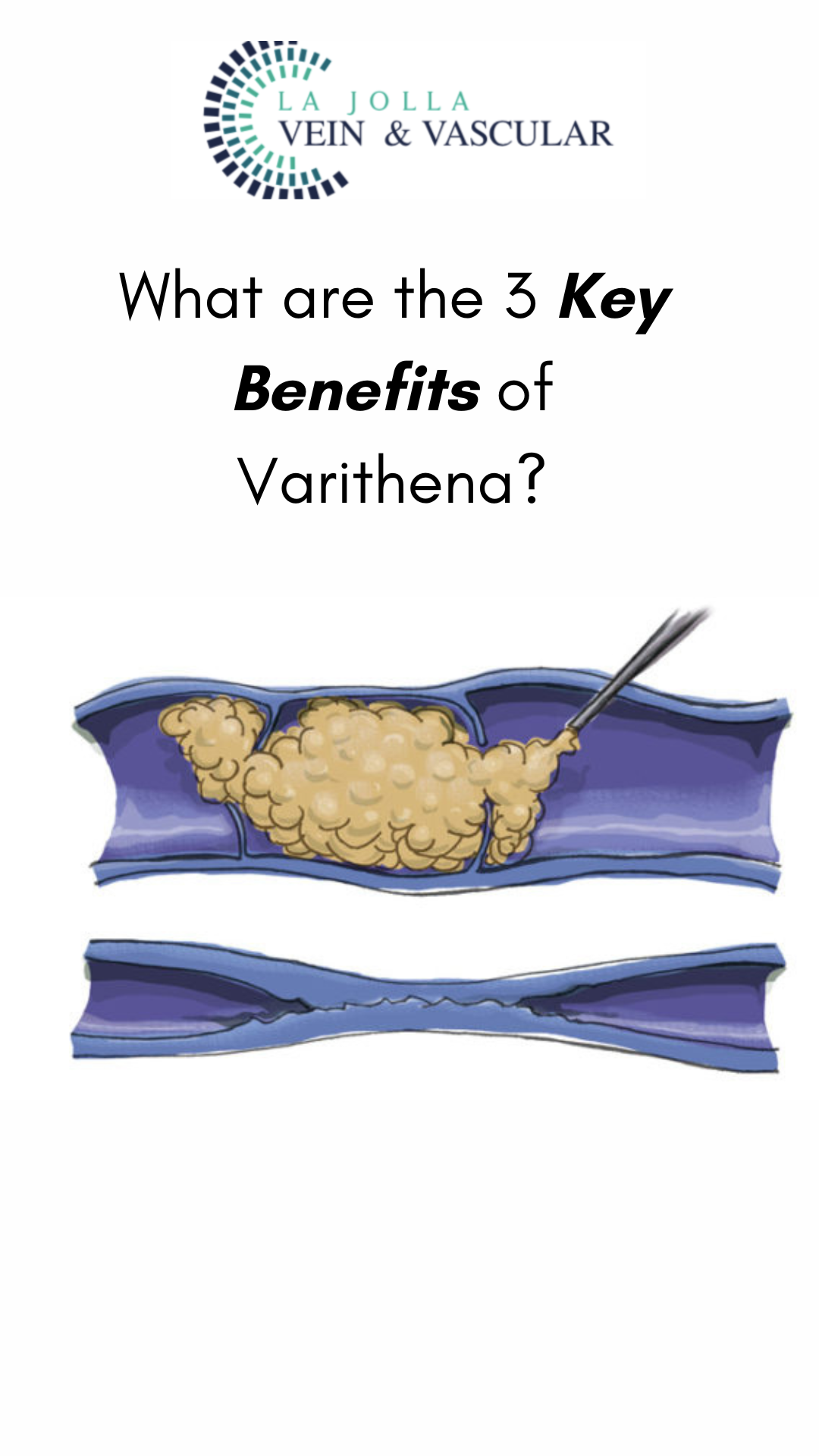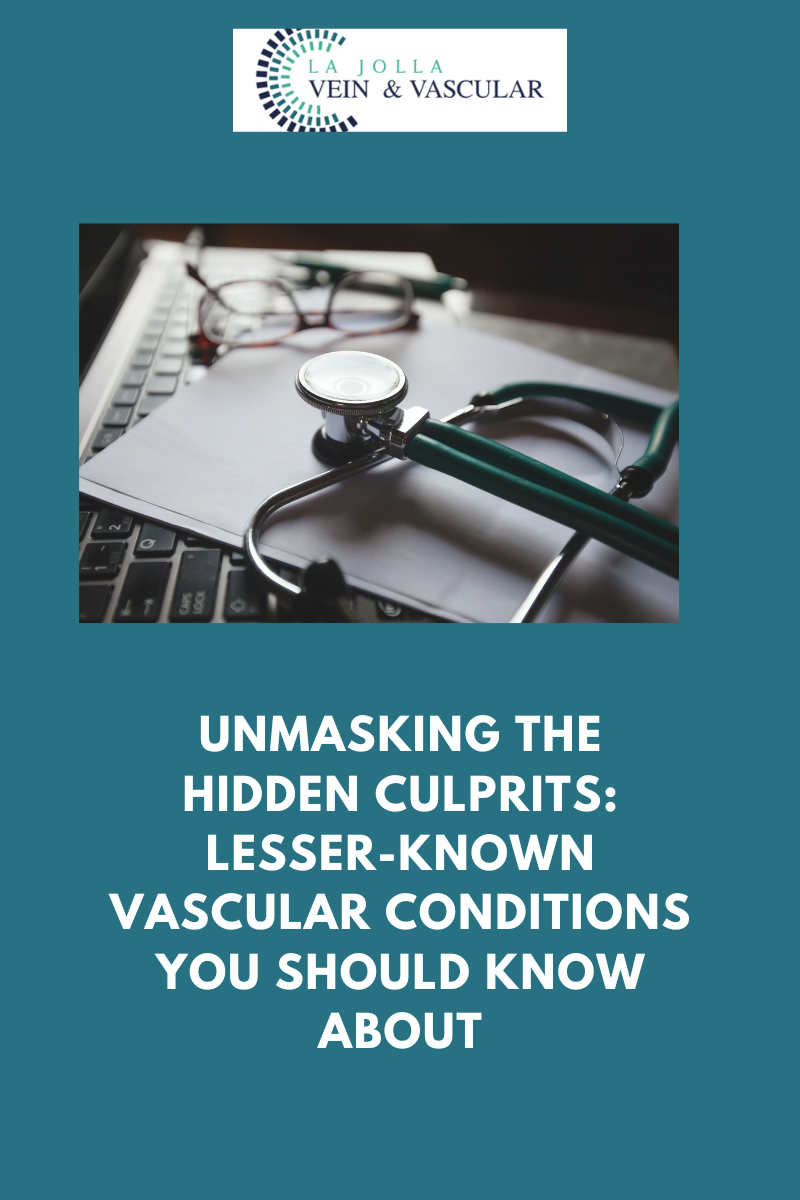What does spider vein removal look like?
LJVascular2024-06-09T03:00:55-07:00What does spider vein removal look like?
At La Jolla Vein Care, we take pride in our pioneering non-surgical vein treatments for spider vein removal, that deliver outstanding results, transforming the vein health and overall well-being of our patients without the need for invasive procedures. With a highly qualified staff proficient in non-invasive techniques, we offer a comfortable environment where patients can undergo treatments free from incisions or cutting. Our modern vein treatments focus on collapsing problematic veins, allowing them to dissolve naturally over time, eliminating the discomfort and downtime associated with invasive procedures.
One of the most effective treatments we offer for spider vein removal is sclerotherapy. This minimally invasive procedure involves injecting a special solution directly into the affected veins, causing them to collapse and fade from view over time. Sclerotherapy is highly effective for treating spider veins and small varicose veins, and it can be performed in-office with little to no downtime. Many of our patients have experienced remarkable improvements in the appearance of their legs after undergoing sclerotherapy treatments.
The key advantage of our surgery-free treatments lies in their ability to be performed in-office without the need for general anesthesia. This means that patients can undergo vein treatments with confidence, knowing they can swiftly return to their normal activities post-appointment. Whether it’s maintaining a busy work schedule or enjoying an active lifestyle, our patients can resume their daily routines without significant disruption.
The results of our surgery-free spider vein removal treatments are truly transformative. As treated veins collapse, damaged veins vanish from the skin’s surface, while blood flow is redirected through healthier veins. This not only enhances the appearance of the legs but also alleviates symptoms associated with vein issues, such as pain, swelling, and discomfort. Many of our patients experience a renewed sense of confidence and vitality, enabling them to fully embrace an active and healthy lifestyle.
But don’t just take our word for it – our patients’ testimonials and before and after photographs vividly illustrate the effectiveness of our surgery-free treatments. From individuals who have grappled with spider veins for years to those seeking preventive care, our patients consistently report positive outcomes and life-changing experiences. Their stories serve as a testament to the power of non-surgical vein treatments in restoring vein health and enhancing overall quality of life.
Just take a look at these remarkable transformations below:
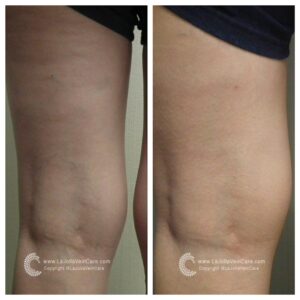
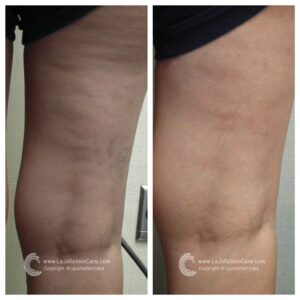

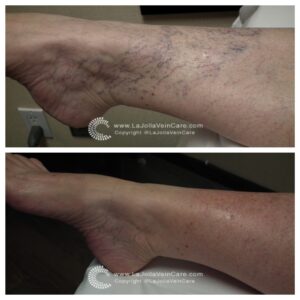
By sharing our patients’ before and after transformations, we aim to inspire hope and confidence in others who may be struggling with vein issues. Whether it’s the disappearance of unsightly spider veins or the relief from painful symptoms, our patients’ success stories demonstrate that there is a solution to vein problems that doesn’t involve surgery or lengthy recovery times. With the guidance of our experienced team at La Jolla Vein & Vascular, individuals can take control of their vein health and enjoy the benefits of surgery-free treatments.
Our commitment to providing exceptional care and delivering outstanding results sets us apart as leaders in non-surgical vein treatments. With our surgery-free approach, patients can achieve remarkable transformations in their vein health and overall well-being, without the need for invasive procedures. From improved appearance to symptom relief, the benefits of our treatments are truly life-changing. If you’re ready to experience the difference for yourself, schedule a consultation with us today and take the first step toward healthier, happier veins.
“Bringing Experts Together for Unparalleled Vein and Vascular Care”
La Jolla Vein & Vascular (formerly La Jolla Vein Care) is committed to bringing experts together for unparalleled vein and vascular care.
Nisha Bunke, MD, Sarah Lucas, MD, and Amanda Steinberger, MD are specialists who combine their experience and expertise to offer world-class vascular care.
Our accredited center is also a nationally known teaching site and center of excellence.
For more information on treatments and to book a consultation, please give our office a call at 858-550-0330.
For a deeper dive into vein and vascular care, please check out our Youtube Channel at this link, and our website https://ljvascular.com
For more information on varicose veins and eliminating underlying venous insufficiency,
Please follow our social media Instagram Profile for more fun videos and educational information.
For more blogs and educational content, please check out our clinic’s blog posts!

